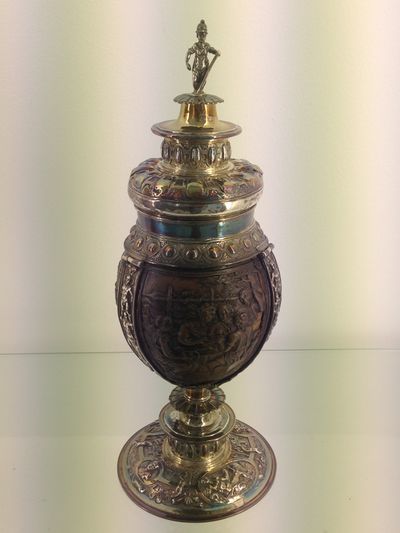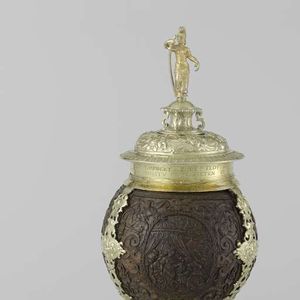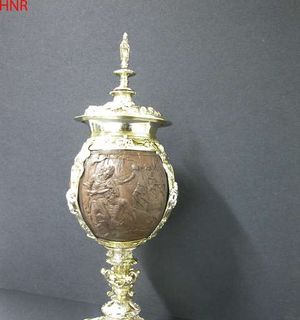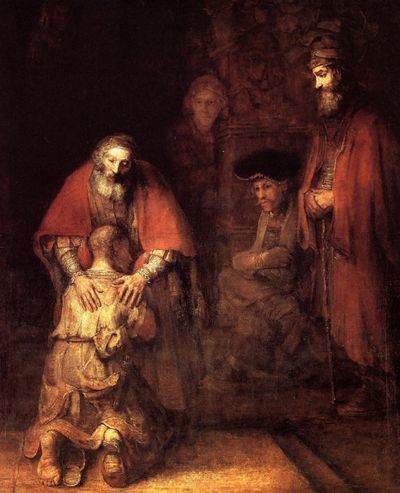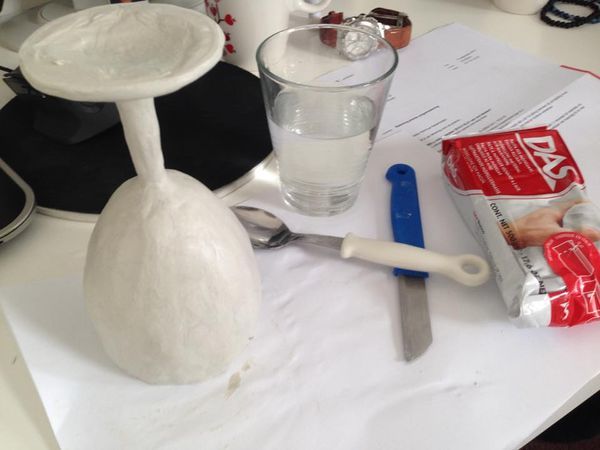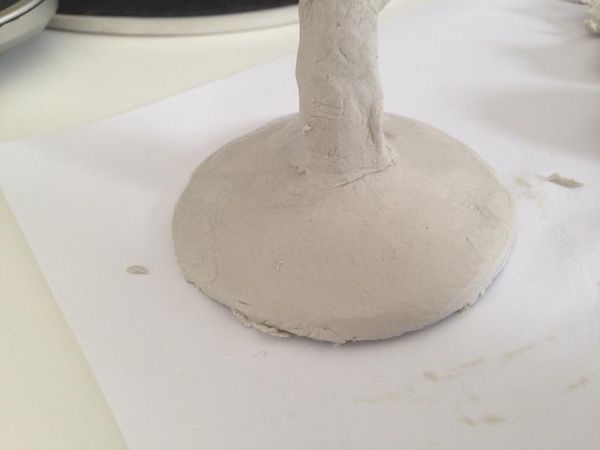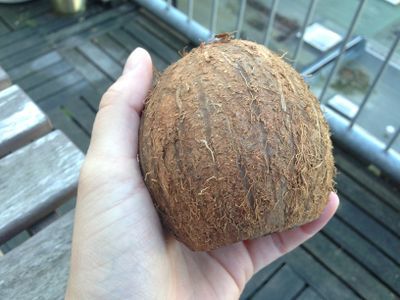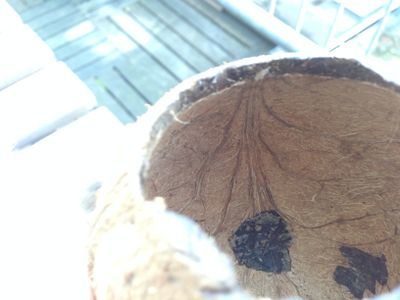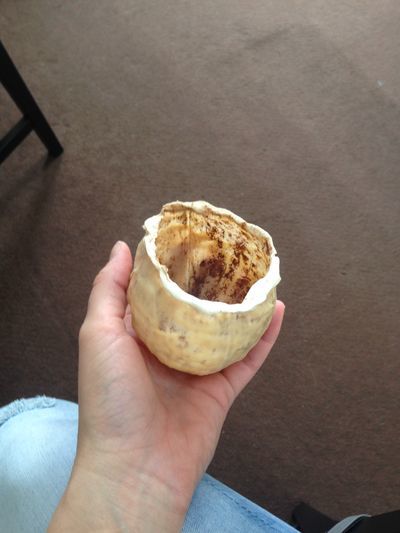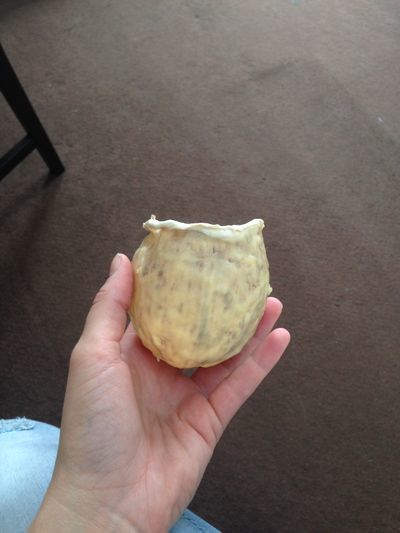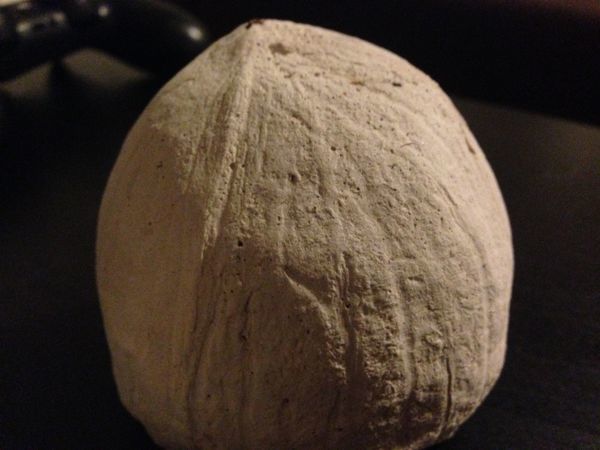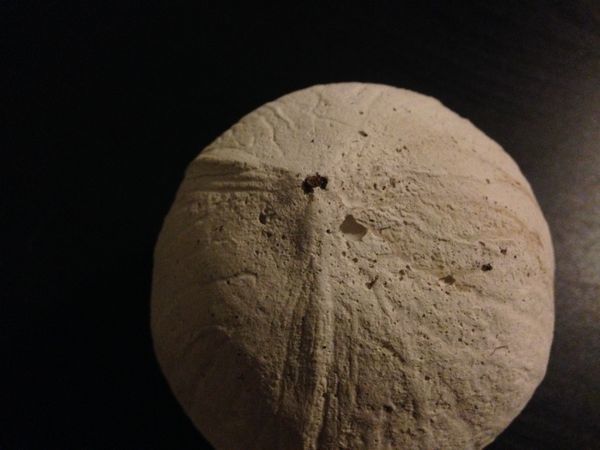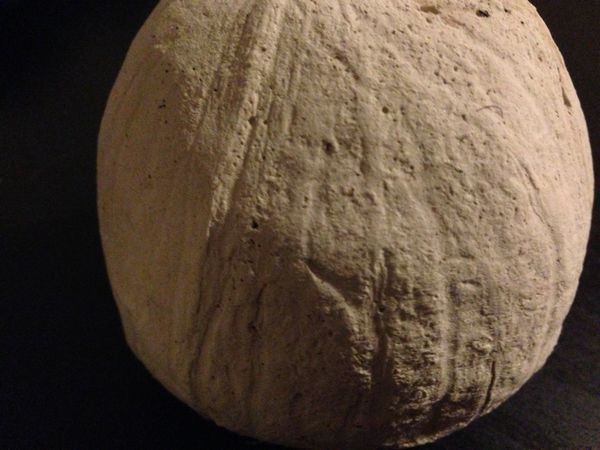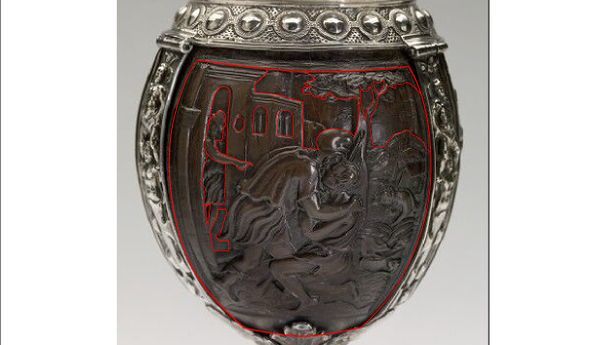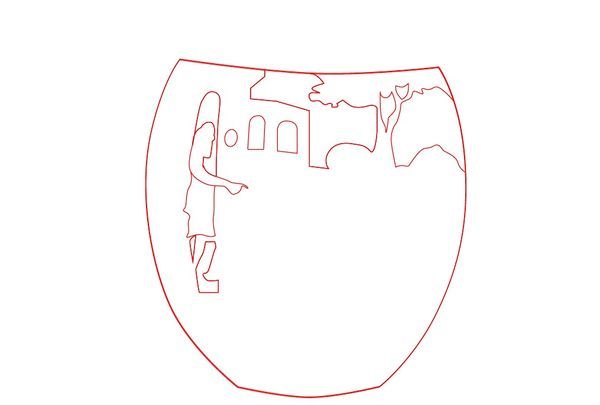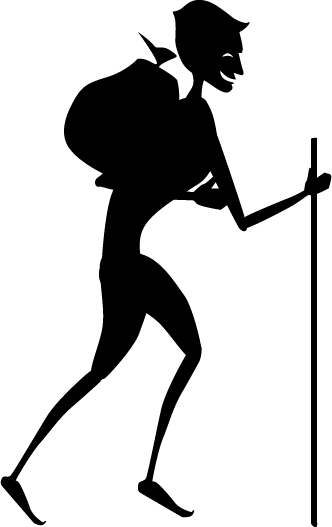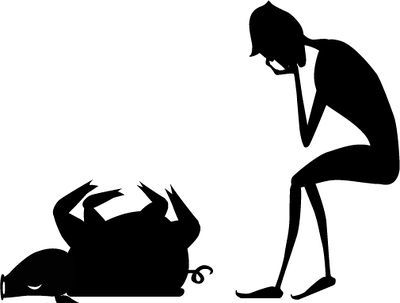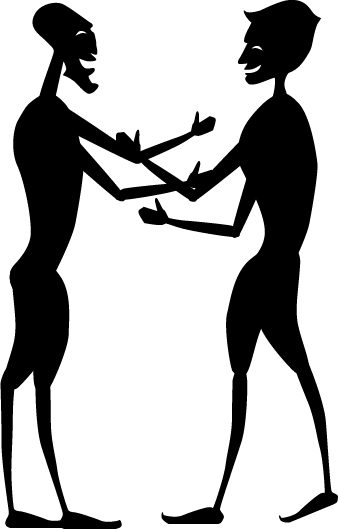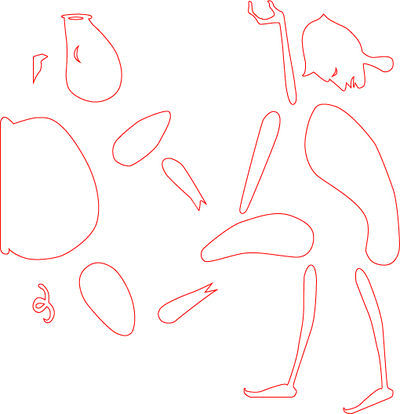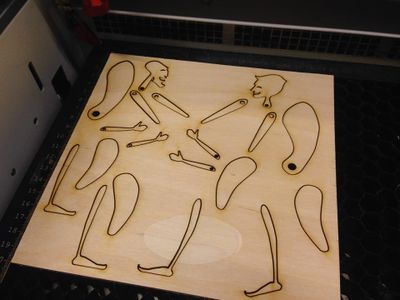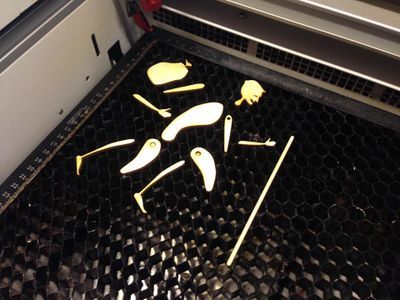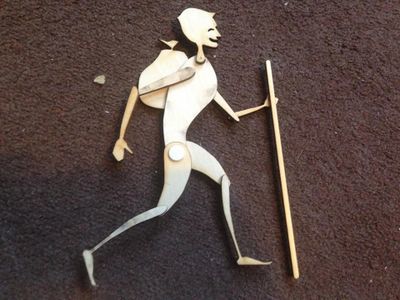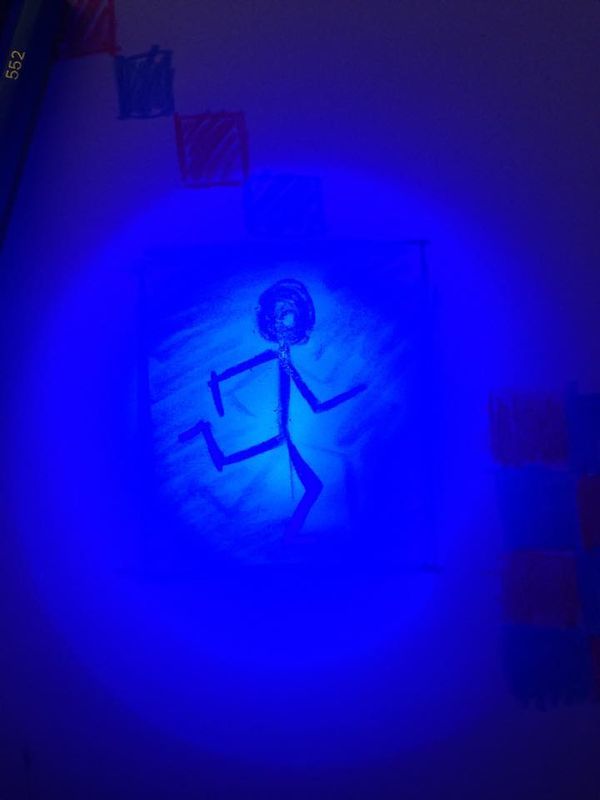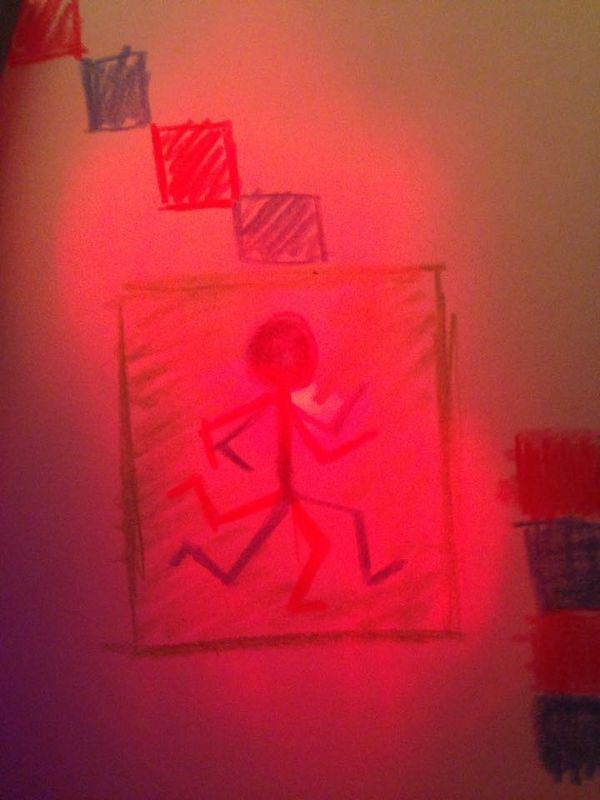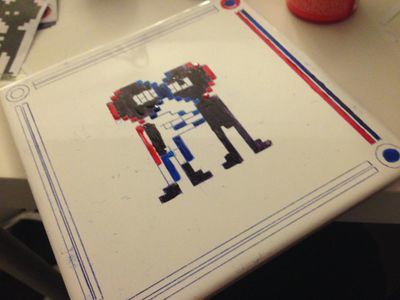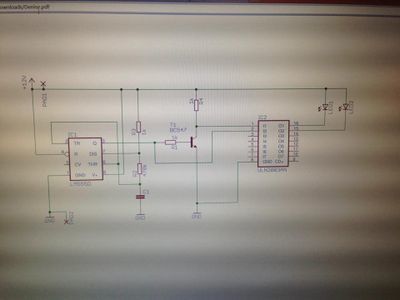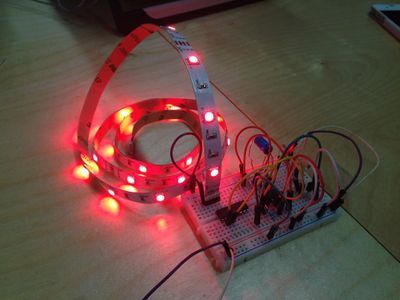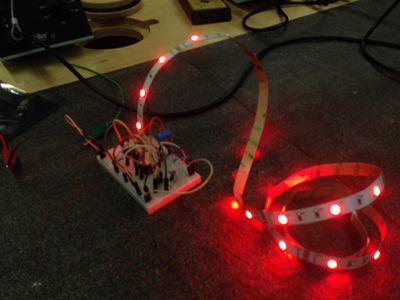Difference between revisions of "Practice & Research"
Shinysheep (talk | contribs) |
Shinysheep (talk | contribs) |
||
| (8 intermediate revisions by the same user not shown) | |||
| Line 100: | Line 100: | ||
[[File:IllustratorProgress 02.jpg|600px]] | [[File:IllustratorProgress 02.jpg|600px]] | ||
| + | While I was doing this, I thought maybe I should do more with these 3 images on the cup about the story instead of different materials. My interest is actually in the story. | ||
I am going to lasercut the different parts of the object. | I am going to lasercut the different parts of the object. | ||
| + | |||
| + | |||
| + | [[File:Silhouet 1.jpg|400px]] | ||
| + | [[File:Silhouet 2.jpg|400px]] | ||
| + | [[File:Silhouet 3.jpg|400px]] | ||
| + | [[File:Plaat 2.jpg|400px]] | ||
| + | |||
| + | I want to make a small Wajang play from the story. Since coconut was imported from Indonesia, I wanted to present the story in another way, in a way that the original culture and country is visible. | ||
| + | Wajang is a traditional Indonesian shadowplay | ||
| + | |||
| + | [[File:Lasercut 2.jpg|400px]] | ||
| + | [[File:Lasercut 3.jpg|400px]] | ||
| + | [[File:Lasercut 6.jpg|400px]] | ||
| + | [[File:Lasercut 5.jpg|400px]] | ||
| + | |||
| + | |||
| + | For my own twist, I thought it would be nice to play with the old Dutch craft, in opposite to the old Indonesian craft and pull it more to the modern world. | ||
| + | I thought about making Delftsblauw Tiles, but with live-action animation. I wanted to make 3 tiles, as the story is shown in 3 different parts. And through RGB lights switch between 2 different frames in 8-bit style. | ||
| + | |||
| + | I first tested it in a very simple way: make 2 different frames in red and blue, switch lights seperately and see what happens. | ||
| + | It really worked and i saw a small walking cycle happen in front of my eyes: no computerscreen or whatsoever. | ||
| + | |||
| + | [[File:AniTest 1.jpg|600px]] | ||
| + | [[File:AniTest 2.jpg|600px]] | ||
| + | |||
| + | So I started designing the tiles, before printing it on the tiles en design the stories too. | ||
| + | |||
| + | [[File:PixelArt 1.jpg|400px]] | ||
| + | [[File:PixelArt 2.jpg|400px]] | ||
| + | [[File:PixelArt 3.jpg|400px]] | ||
| + | [[File:Tile.jpg|400px]] | ||
| + | |||
| + | And for the flickering LED lights, I built a circuit myself with some help of Simon. I ordered a loose LED strip and I wanted to make it flicker between red and blue at a certain pace. | ||
| + | |||
| + | [[File:Circuit LED.jpg|400px]] | ||
| + | [[File:Breadboard 1.jpg|400px]] | ||
| + | [[File:Breadboard 2.jpg|400px]] | ||
| + | [[File:Breadboard 3.jpg|400px]] | ||
Latest revision as of 07:29, 30 October 2015
The Object
While I was in the Boijmans Museum for choosing 8 different objects to show Jon in the introduction week on the first day, I photographed this item which I really liked. I thought that this object was very interesting to know more about. When I saw it the first time, i had actually no idea what this could be. Maybe a sort of box? I could not read the drawings on this object very well. I could see that there were drawings, but not what they are about. Also the silverwork around the object was very shiny and detailed.
When I talked about this object with Jon he told me that this object was made out of coconut wood. I decided to do some research and this is what I found. This objects is called a 'kokosnootbeker'; a coconutcup, made by an unknown artist around 1550-1600. Apparently these coconutcups were often made around the 16th century. I found out that the Rijksmuseum has some of these cups too.
I wanted to know some more about the details of the object. On all coconut cups we can see carved images in the coconut wood. I found out that there's a story on the cup from the Boijmans museum. It's the biblical story about the 'Verloren Zoon'/'Lost Son'/'Lost Sheep'. There are actually three images on this cup around; The departure, the stay and the return. This is a story from 'Lucas 15: 11-32'.
I know that coconut is a very exotic product, which was often imported from Africa, Central America and Asia in the 16th century. What i find so strange about this is that they made such common stories on these rare materials which were hard to get.
What I read is that the story of the Lost Son is often seen as a 'negrospiritual'. That's a traditional religious folk music from North African slaves; often refers to the Old Testament. By singing these songs, the slaves comforted themselves for the pityfully situations in which they lived in. As we all know, the 16th century was all about shipping, trading and slavery in the Western world.
I find this story so sad but yet so interesting. I want to make the stories visible behind all the sorrow of the slaves; which is actually the bad side of these glorified objects of the western world. And tell the stories behind this glorified object.
23/09/2015
I have experimented with clay on a wineglass. Later I want to try to bring relief in the clay.
01/10/2015
What is your craft? (define your discipline, method or approach) My craft is Animation, mostly in 2D (handdrawn). Animation is all about the art of capturing the movement.
What are the tools and media of your craft?
The most frequent used tools for me are paper, pencils, tablet and my most used software are Photoshop, After Effects and TVPaint
What are the borders of this practice? (what new media technologies have arisen / what is its future of the field))
I think virtual reality is really becoming a big deal, which has also a lot to do with Digital Craft. I think that in a while, people can look at all big touristic places in the world, but virtually.
Connect to a historical discourse and give concrete examples (images too please) of inspiring historical and contemporary practitioners
06/10/2015
This past week I have been ill, but I still managed to experiment at home. This week I have been busy with copying the structure of a coconut. I bought a real coconut, cut the top of it and hollowed the inside.
After that I made a flexible mold of latex and filled it several times with plaster.
I wanted to see if the mold could get the details (veins) of the coconut and i was happily surprised by the amount of details it got.
I tried to paint it too but sadly it didn't add any extra effect.
At the same time I tried a new way and material of carving details. I tried linocutting. Normally this material is used to make stamps, but this material is very flexible and could be very usefyl to copy the silverwork of the cup.
12/10/2015
I was a little stuck on my project but today i decided what i want to make for the final replica. I decided that i want to show my replica as a deconstruction. So I'm gonna show all different parts of the object apart.
While I was doing this, I thought maybe I should do more with these 3 images on the cup about the story instead of different materials. My interest is actually in the story. I am going to lasercut the different parts of the object.
I want to make a small Wajang play from the story. Since coconut was imported from Indonesia, I wanted to present the story in another way, in a way that the original culture and country is visible. Wajang is a traditional Indonesian shadowplay
For my own twist, I thought it would be nice to play with the old Dutch craft, in opposite to the old Indonesian craft and pull it more to the modern world.
I thought about making Delftsblauw Tiles, but with live-action animation. I wanted to make 3 tiles, as the story is shown in 3 different parts. And through RGB lights switch between 2 different frames in 8-bit style.
I first tested it in a very simple way: make 2 different frames in red and blue, switch lights seperately and see what happens. It really worked and i saw a small walking cycle happen in front of my eyes: no computerscreen or whatsoever.
So I started designing the tiles, before printing it on the tiles en design the stories too.
And for the flickering LED lights, I built a circuit myself with some help of Simon. I ordered a loose LED strip and I wanted to make it flicker between red and blue at a certain pace.
